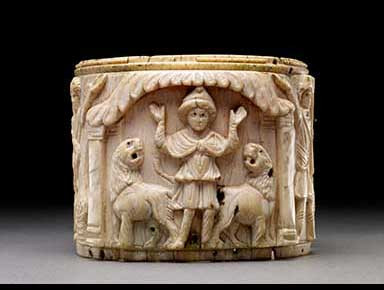Egypt exhibits at British Museum shed light on ancient life after Cleopatra

The British Museum has put on show new exhibits that highlight ancient Egyptian life under Roman, Christian and Islamic reign. The exhibition features artefacts spanning 12 centuries, after the death of Cleopatra, the last active pharaoh of ancient Egypt, in 30 BC until the end of Islamic rule in 1171 AD.
Many of the objects in the exhibition have been displayed for the first time, according to the museum. "The remarkable objects in the exhibition have been uniquely preserved in Egypt's arid climate," the museum authority said in a statement.
"Their survival provides unparalleled access to the lives of individuals and communities, and they tell a rich and complex story of influences, long periods of peaceful coexistence, and intermittent tension and violence between Jews, Christians and Muslims."
Some of the prominent exhibits on display include a 2,000-year-old statue of Egyptian god Horus, shown as a man with a falcon's head, and a statue of Germanicus (19 AD), the great-nephew of Roman emperor Augustus.
The exhibition also showcases some of the earliest known artefacts pertaining to Islam and Christianity. These include a gold coin from 697 AD that symbolically shows acceptance of Muhammad as God's prophet. "As such it is the earliest known depiction of a Muslim," a description about the coin reads.
Similarly, a fourth century Greek manuscript known as the Codex Sinaiticus contains "the earliest surviving complete version of the New Testament."
Other interesting artefacts include a pair of curtains (6-7 AD) having Greek inscription, an ivory box (5-6 AD), a stone chest that was used for burying bones of the dead in first century, a gold ring and more. An 11th century letter on papyrus providing insight into the treatment of Jews and early Christians also forms a part of the exhibit.
The exhibition, Egypt faith after the pharaohs, will remain open till 7 February.
© Copyright IBTimes 2025. All rights reserved.




















